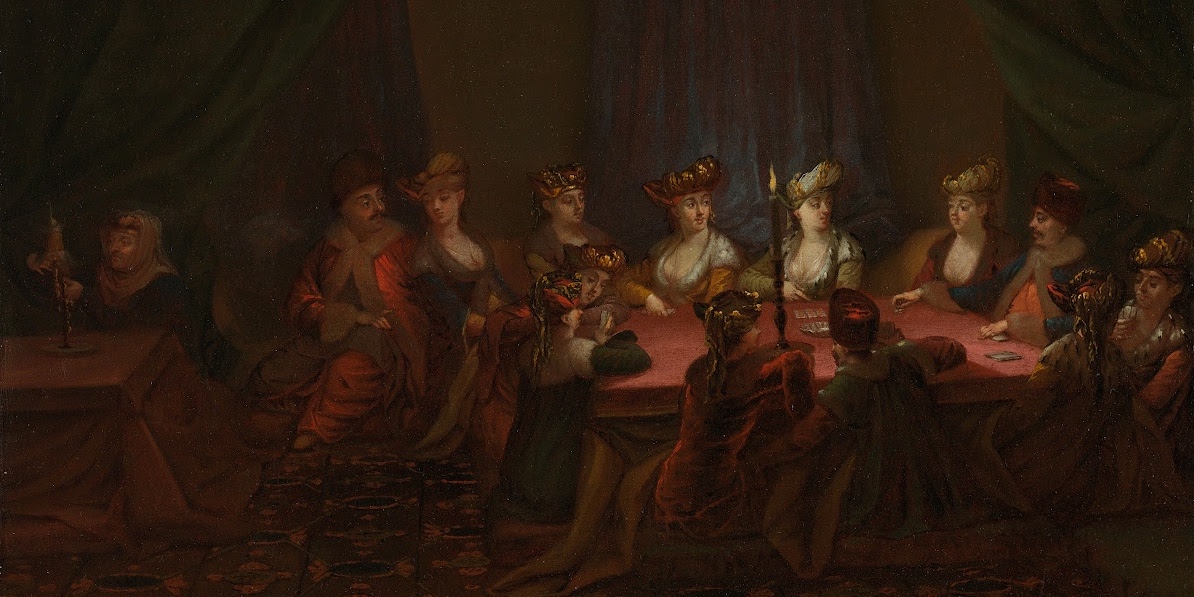Landscapes of the Eastern Question
hosted by Emily Neumeier
In the classical Ottoman period, European embassies in Istanbul pretty much looked like any other residential building. At the end of the eighteenth century, however, a period of dramatic geo-political and social change, official foreign residences likewise underwent a process of transformation. Architectural designs shifted from Ottoman to Western styles, and these landmarks became increasingly prominent and visible in the urban landscape. In this episode, Emily Neumeier speaks with Paolo Girardelli about how Pera became the “district of diplomacy” in the Ottoman capital, the subject of his forthcoming book project, Landscapes of the Eastern Question: Architecture and Identity in Galata, Pera, and the Bosphorus, 1774-1919.
This episode is part of an ongoing series entitled "The Visual Past."
Stream via SoundCloud
PARTICIPANT BIOS
 |
Paolo Girardelli is Associate Professor of History at Boğaziçi University in Istanbul. He is an art and architectural historian, working especially on European and non-Muslim presence in the late Ottoman cities. His publications and graduate seminars focus on the relation between space, visuality, diplomacy, religion and communal identities in the multi-cultural contexts of the Eastern Mediterranean. |
 |
Emily Neumeier is a doctoral candidate in the Department of Art History at University of Pennsylvania. Her research concerns the art and architecture of the Ottoman Empire and Turkish Republic. She is currently preparing a thesis on the architectural patronage of provincial notables in Ottoman Greece and Albania. Emily is also editor of stambouline, a site where travel and the Ottoman world meet.
|
CREDITS
Episode No. 245
Release Date: 5 July 2016
Recording Location: Kunsthistorisches Institut, Florence
Editing and production by Chris Gratien
Sound excerpts: Baglamamin Dugumu - Necmiye Ararat and Muzaffer; Istanbul'dan Ayva Gelir Nar Gelir - Azize Tozem and Sari Recep; Harmandali - Recep Efendi, Cemal Efendi; Katibim (Uskudar'a Gider iken) - Safiye Ayla
Special thanks to Kara Güneş for allowing us to use the composition "Istanbul" in the intro music
Images and bibliography courtesy of Paolo Girardelli
IMAGES
 |
| Lithograph view of Istanbul from Pera, with (from right to left) the Russian, French and Austrian embassies. Lithograph by Jean Brindesi, published in Souvenir de Constantinople (1855). |
 |
| Broomhall House, Lord Elgin’s family seat in Scotland. Drawing by Thomas Harrison, 1799. |
 |
| “The Residence of the English Ambassador at Pera, Constantinople.” Engraving. |
 |
| The colonnades of the Palais de France in 1797. Engraving by A.L. Castellan, published in Lettres sur Constantinople (1811). |
 |
| Gaspare Fossati’s project for the new Russian Embassy in Pera. Published in Pedrini’s Stanga’s Gaspare Fossati, p. 96. |
 |
| Detail of a diorama showing the Russian embassy. Migirdic Melkon, 1850, Istanbul Deniz Müzesi. |
 |
| British Summer Embassy in Tarabya. Photography by Abdullah Frères, ca. 1880-1893, US Library of Congress, http://www.loc.gov/pictures/item/2001699690/. |
Berridge, Geoff. British Diplomacy in Turkey, 1583 to the Present: A Study in the Evolution of the Resident
Embassy. Leiden: Martinus Nijhoff Publishers, 2009.
Casa, Jean-Michel. Le Palais de France à Istanbul/İstanbul’da bir Fransız Sarayı: Istanbul: Yapı Kredi Yayınları, 1995.
Girardelli, Paolo. “Power or Leisure? Remarks on the Architecture of the European Summer Embassies on the Bosphorus Shore.” New Perspectives on Turkey 50 (2014), 29-58.
Pinon, Pierre. “Résidences de France dans l’Empire ottoman: notes sur l’architecture domestique,” in Les villes dans l’Empire ottoman: activités et societés, ed. Daniel Panzac, vol. 2 (Paris: CNRS, 1994), 47-84.
Yurdusev, A. Nuri ed. Ottoman Diplomacy: Conventional or Unconventional?. Basingstoke: Palgrave Macmillan, 2004.










Comments
Post a Comment
Due to an overwhelming amount of spam, we no longer read comments submitted to the blog.